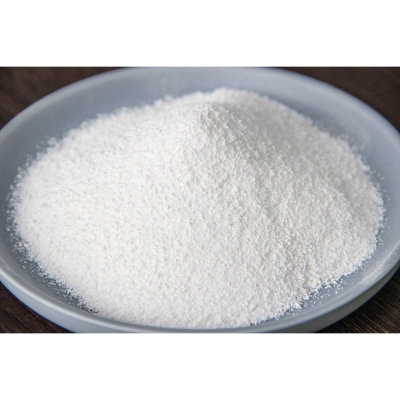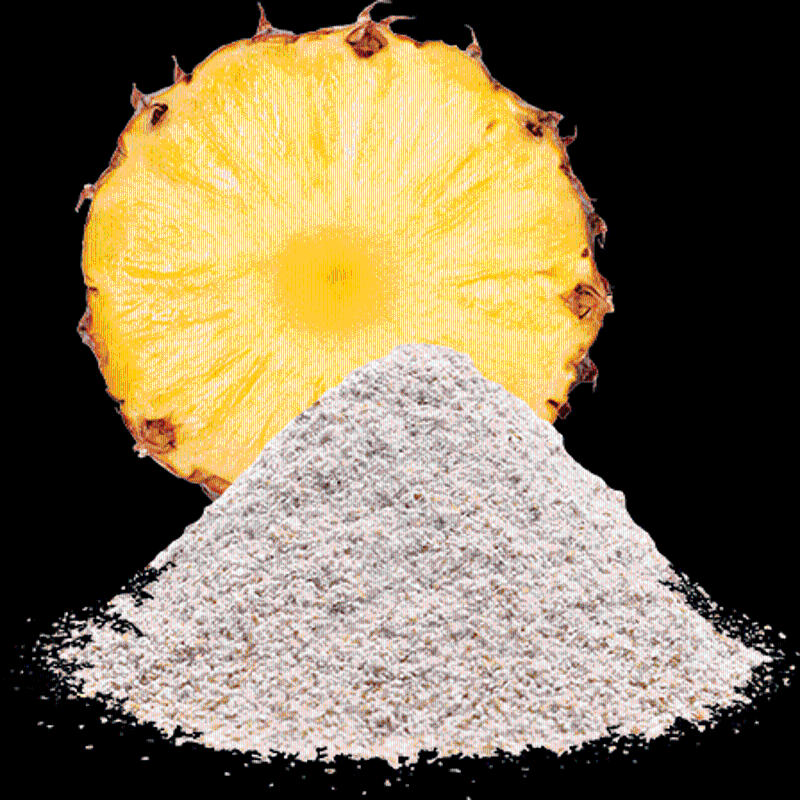-
Categories
-
Pharmaceutical Intermediates
-
Active Pharmaceutical Ingredients
-
Food Additives
- Industrial Coatings
- Agrochemicals
- Dyes and Pigments
- Surfactant
- Flavors and Fragrances
- Chemical Reagents
- Catalyst and Auxiliary
- Natural Products
- Inorganic Chemistry
-
Organic Chemistry
-
Biochemical Engineering
- Analytical Chemistry
-
Cosmetic Ingredient
- Water Treatment Chemical
-
Pharmaceutical Intermediates
Promotion
ECHEMI Mall
Wholesale
Weekly Price
Exhibition
News
-
Trade Service
As a new type of high-efficiency feed additive,enzyme can improve animal production performance and reduce the pollution of excreta, but also providean an effective way to open up new feed resources and reduce feed production costs, and provide a guarantee and possibility for the feed industry to be efficient and environmentally friendly, save food and sustainable developmentThe research, development and popularization of feed enzymes has become an important field of biotechnology in feed industrythe production method of the enzyme preparation for feeding
the enzyme preparation spent in the feed is produced by microbial fermentation, and its conventional process is: strain selection, fermentation culture, enzyme extractionEnzymes also exist in plants and animals, but extracting enzymes from them is extremely expensive and production is seasonalThe use of microorganisms to produce enzymes, its high yield, low production costs, and not subject to seasonal restrictionsThe use of microorganisms to produce feed enzymes, there are two methods, one is solid fermentation, - is liquid fermentationCompared with the solid fermentation culture mode, thehas the following advantages: (1) Liquid suspension is the most suitable growth environment for many microorganisms(2) In the liquid environment, bacteria, substrates, products (including heat) easy to diffuse, so that fermentation in the homogenous or proposed homogenous conditions, easy to detect, control, easy to expand the scale of production(3) Liquid transport is convenient and easy to mechanize operation(4) The product is easy to extract and refine, however, solid fermentation also has many liquid fermentation does not have the advantages, mainly as follows: (1) medium is simple, mostly cheap natural matrix(2) The low water content of the matrix can greatly reduce the volume of biochemical reactor, do not need wastewater treatment, less environmental pollution, often do not need strict sterile operation, after treatment is convenient(3) not necessarily continuous ventilation, generally by intermittent ventilation or gas diffusion to complete(4) The yield of the product may be higher5 Equipment is simple, small investment, low energy consumption, because of the low added value of the feed industry, the enzymes for feed do not need to be refined, so it is more appropriate to use solid fermentationThe production of domestic compound enzyme preparations generally uses solid fermentation, and liquid fermentation is mainly used for the production of phytoase or for the production of monoenzyme preparations for compounding enzymesnextTechnology Exchange Forum:Recent Hot Spots:Related Articles:







